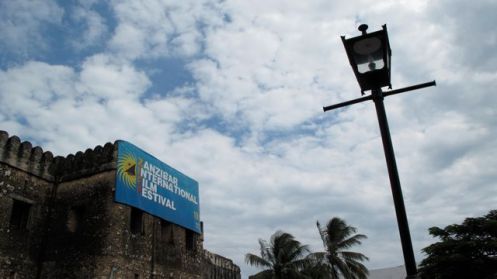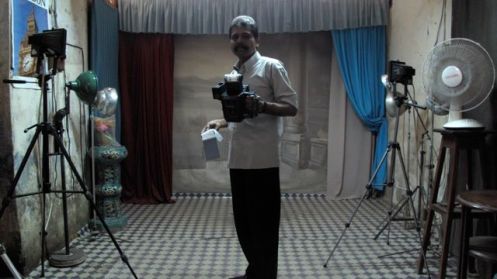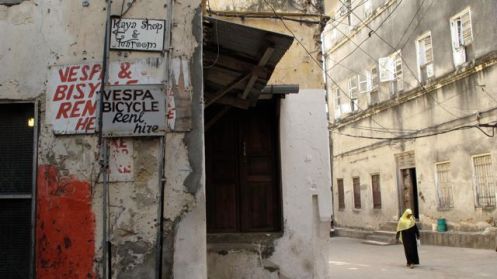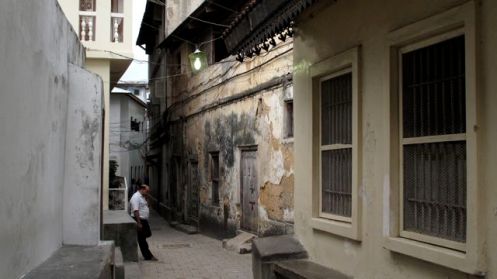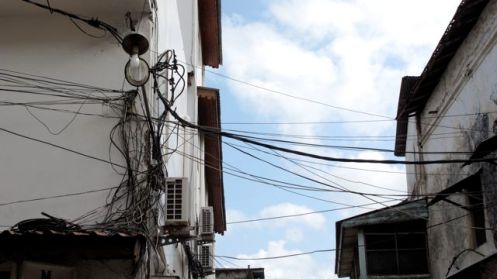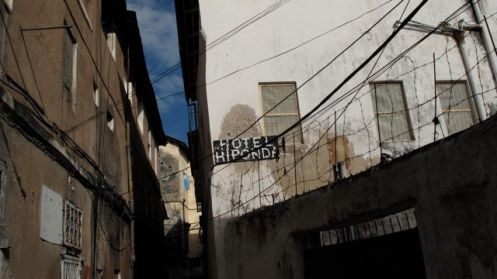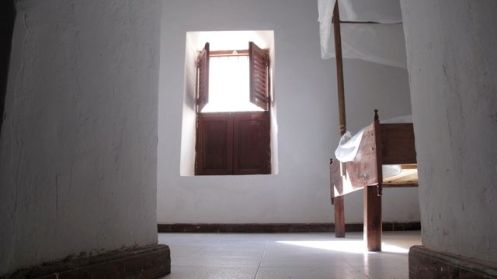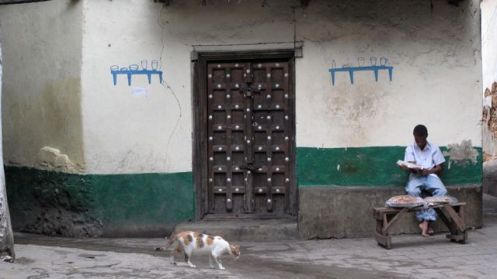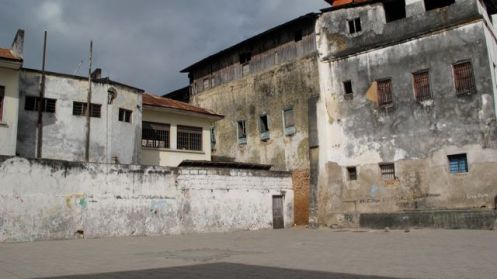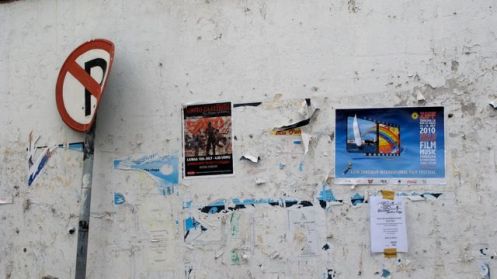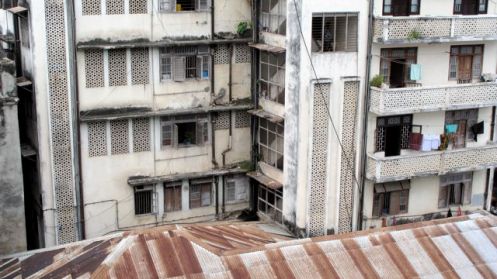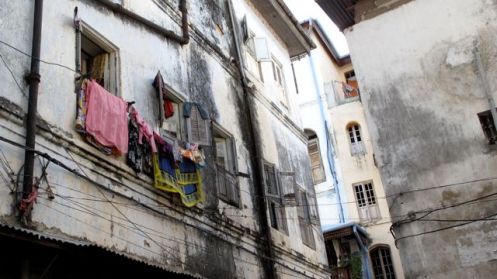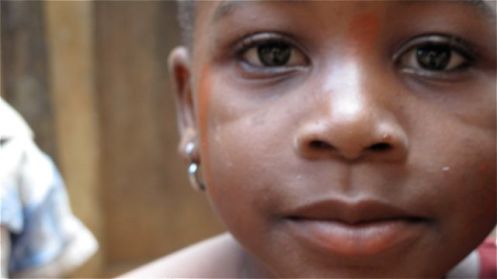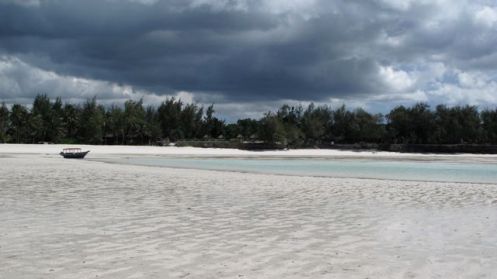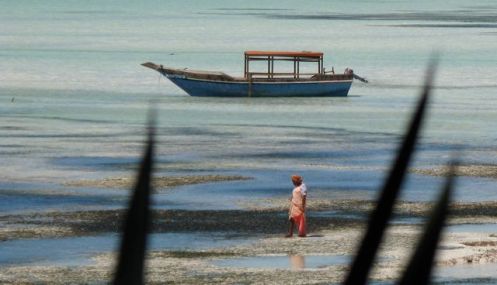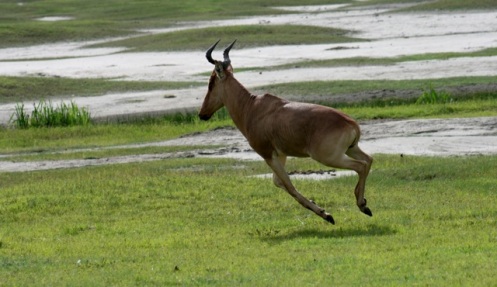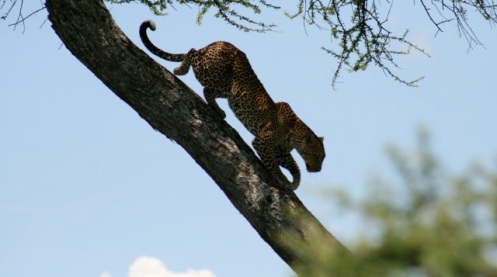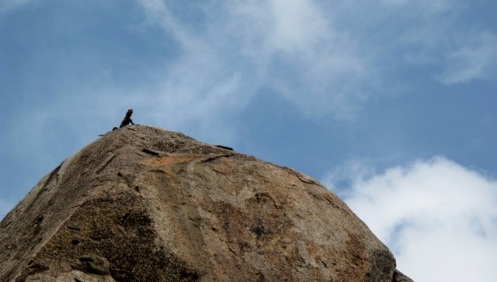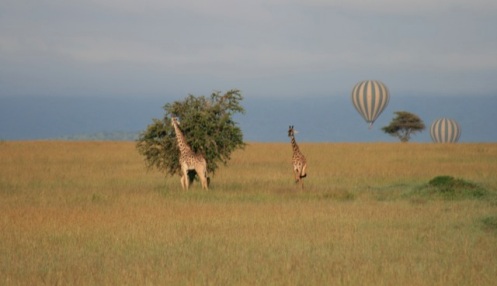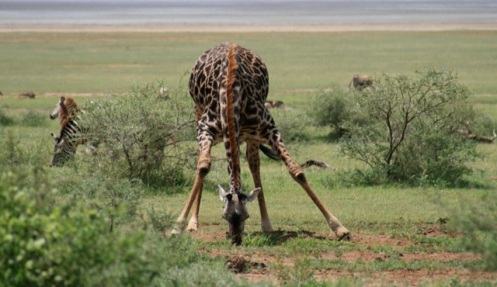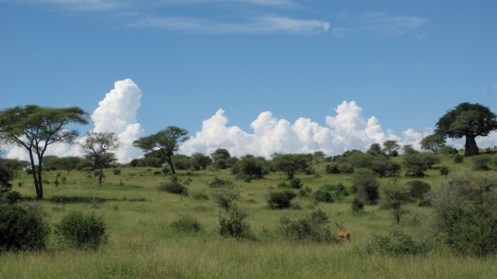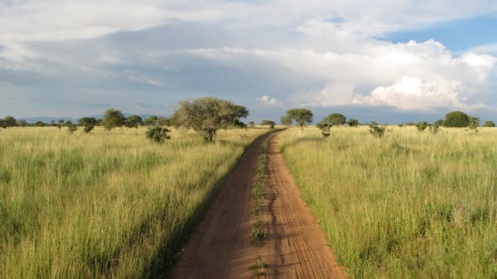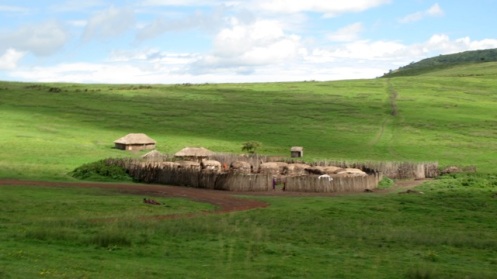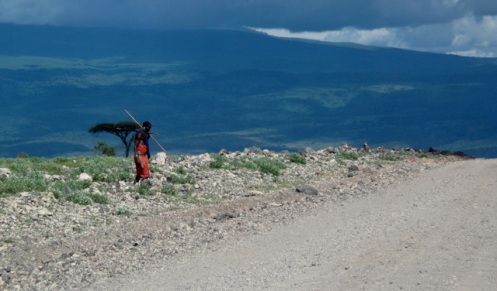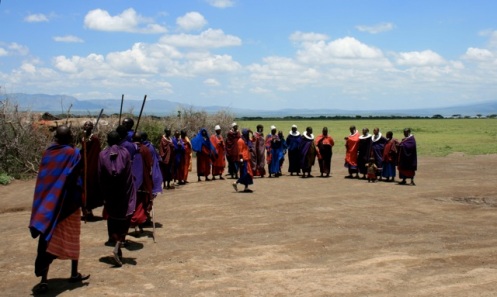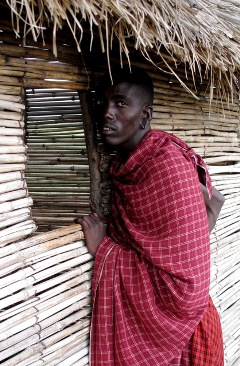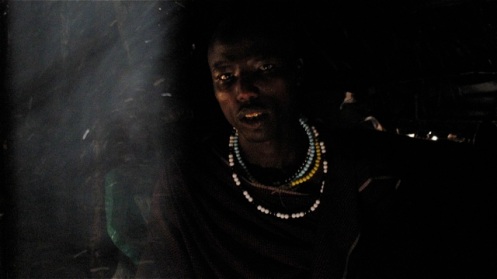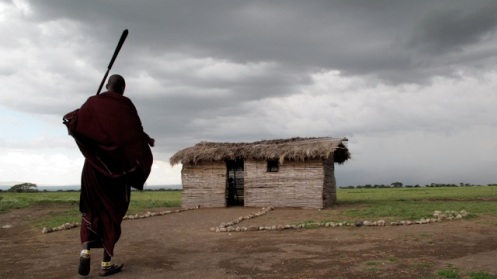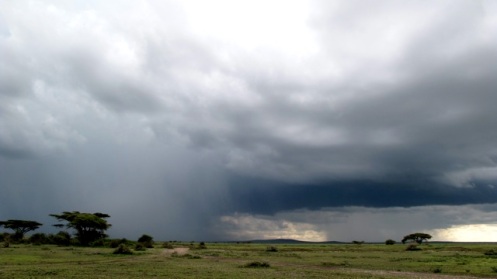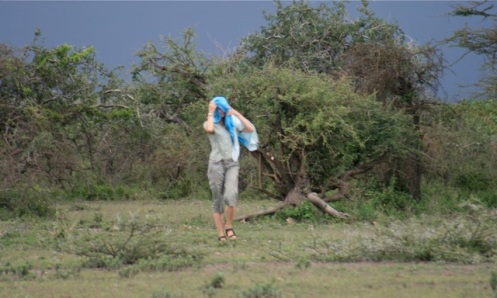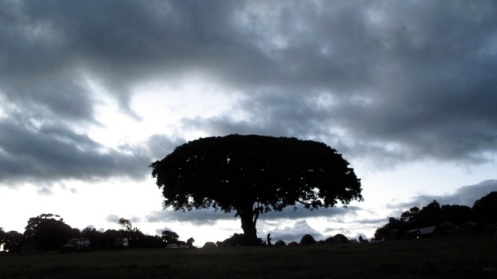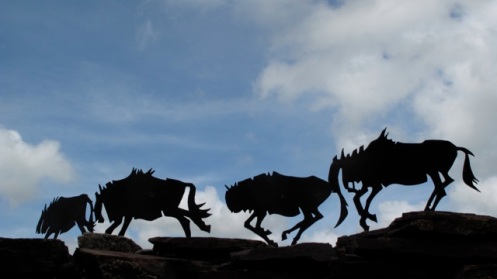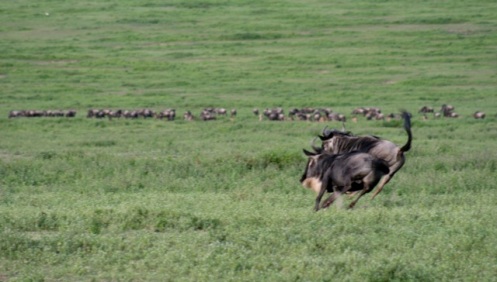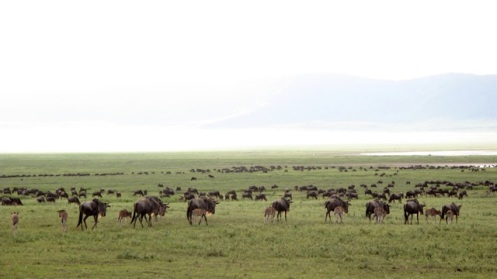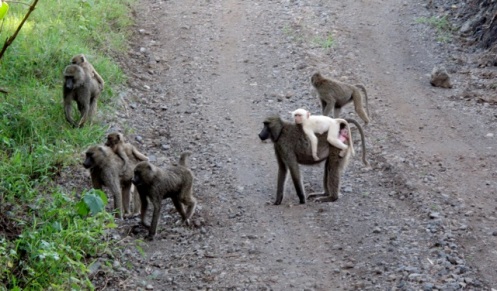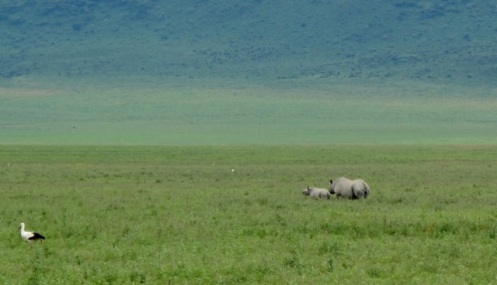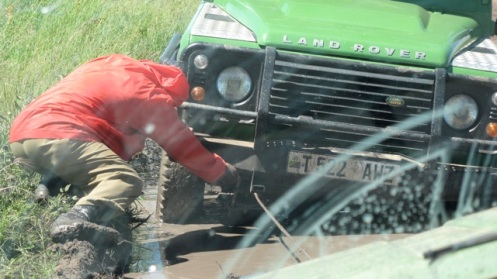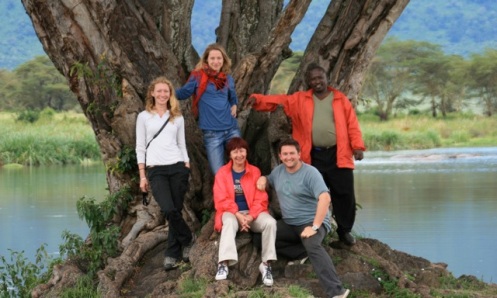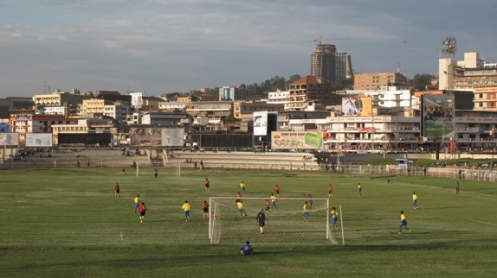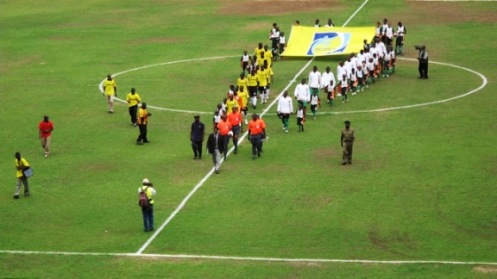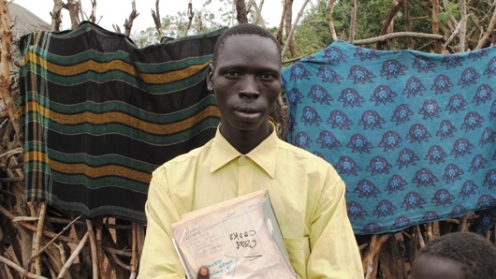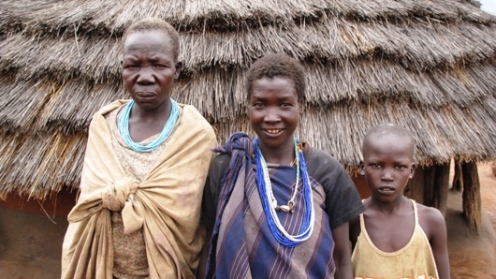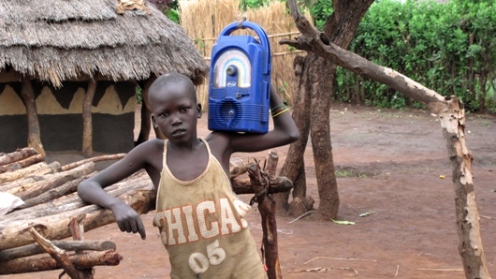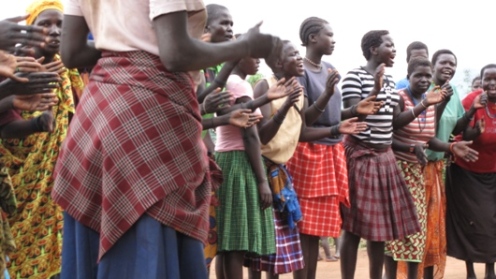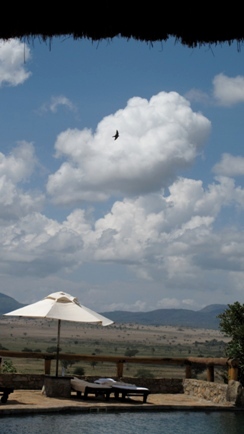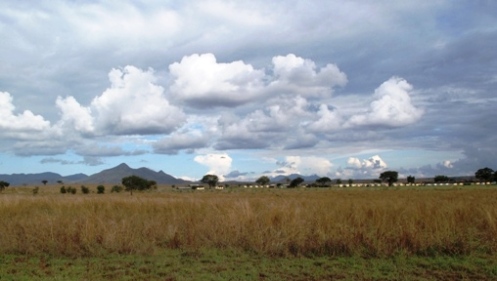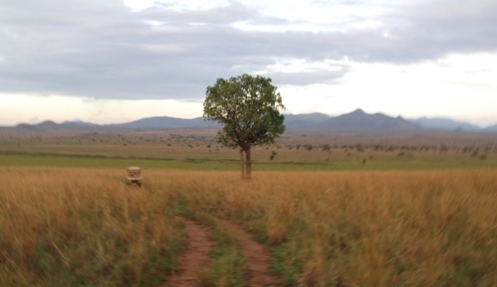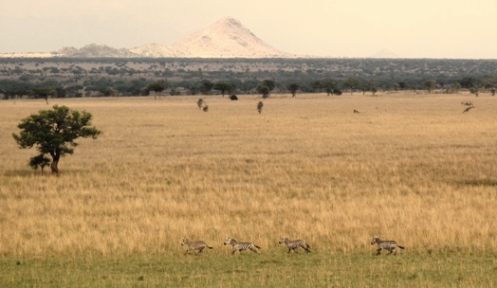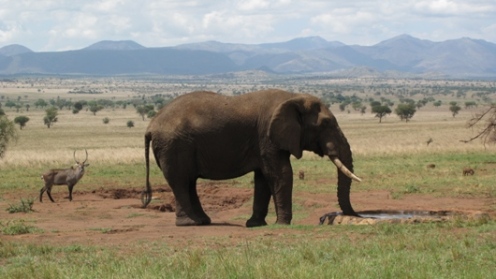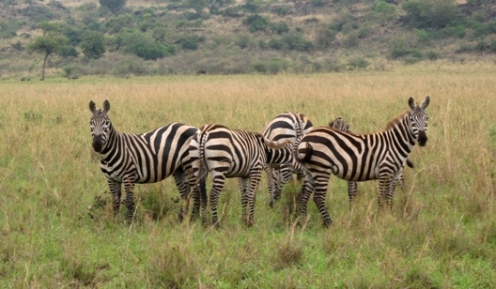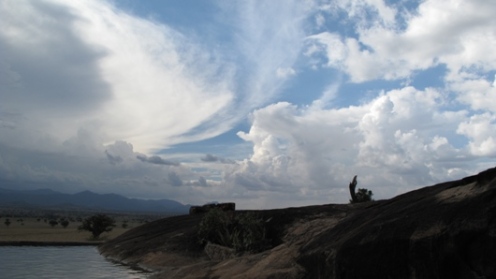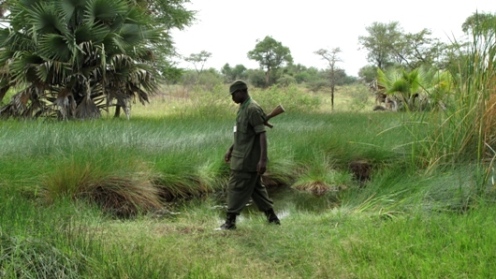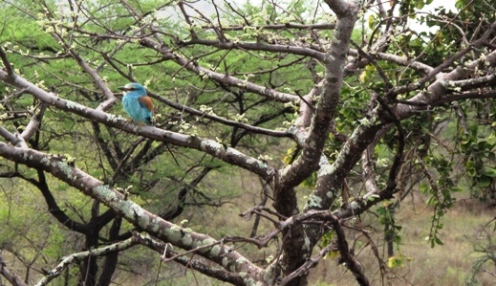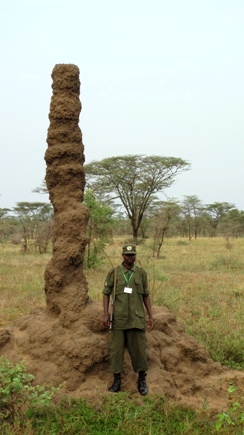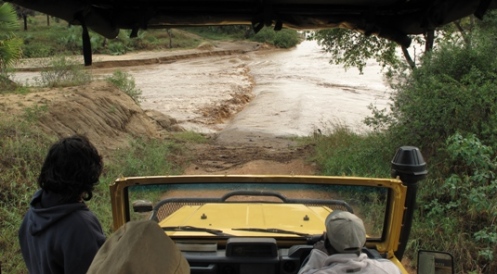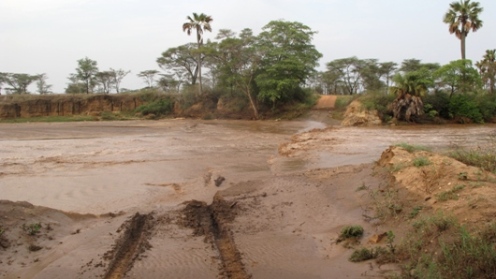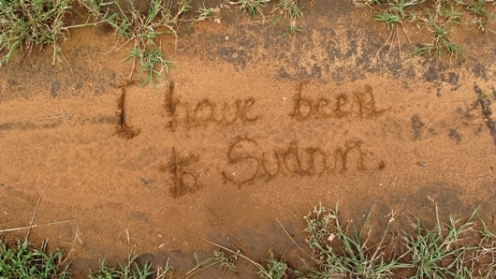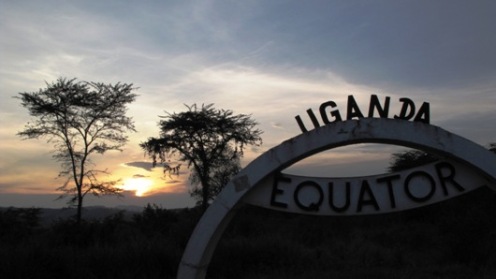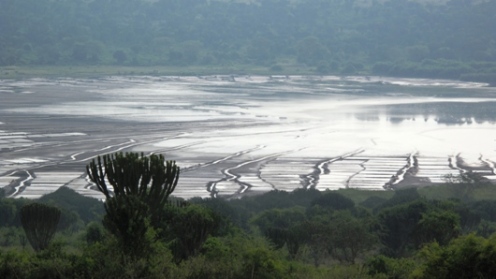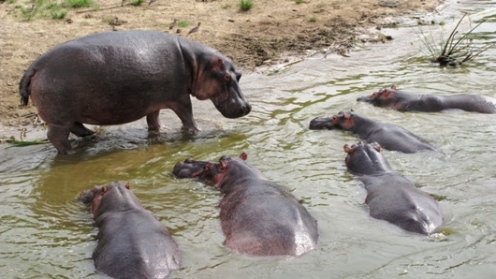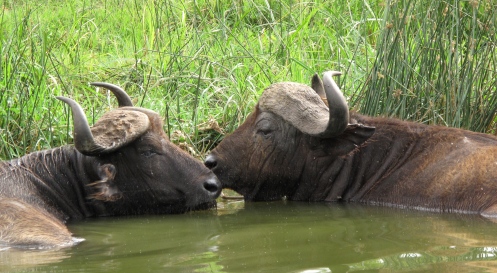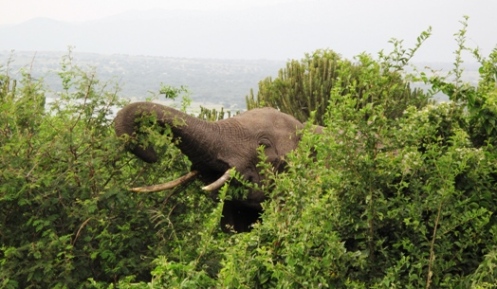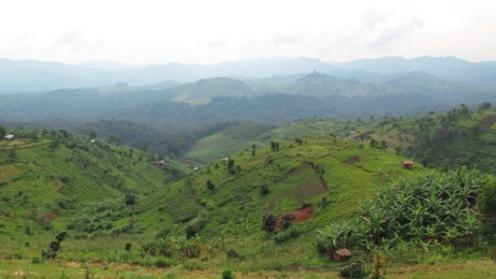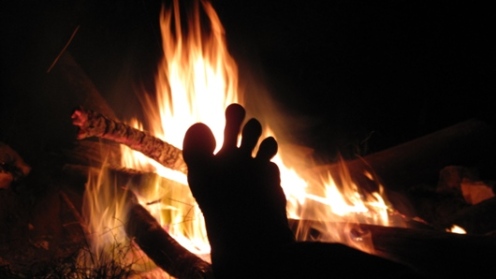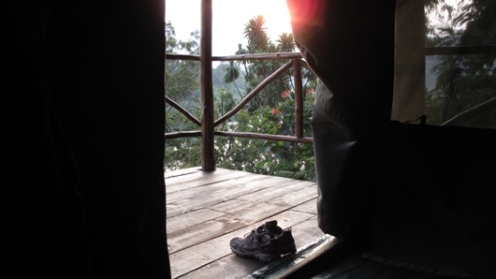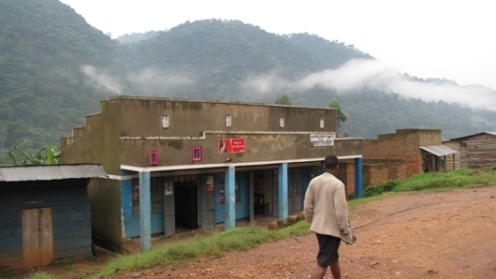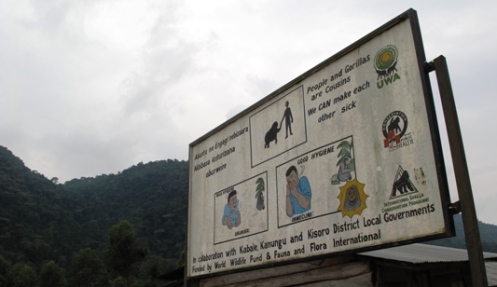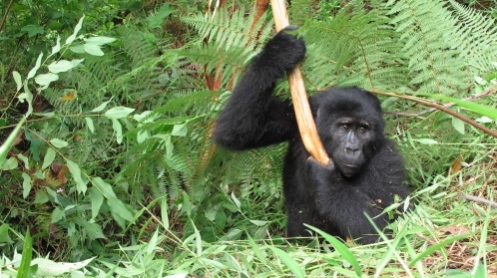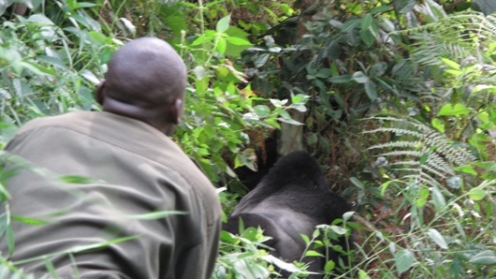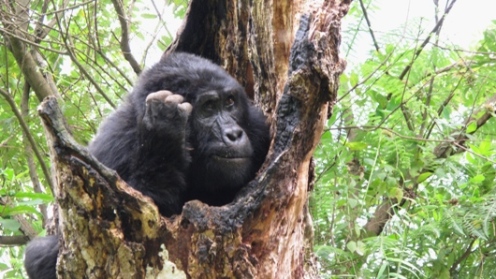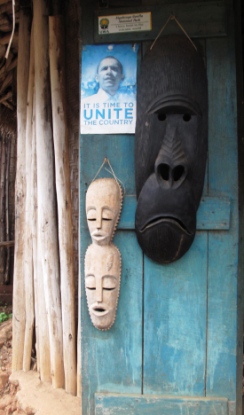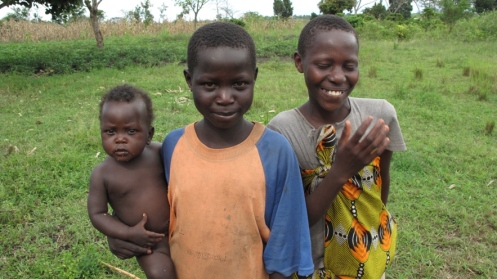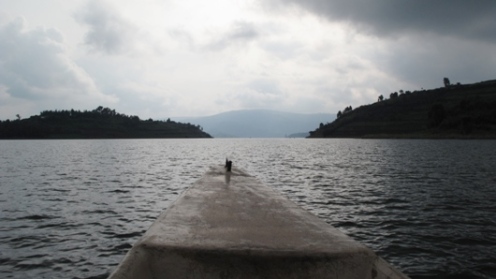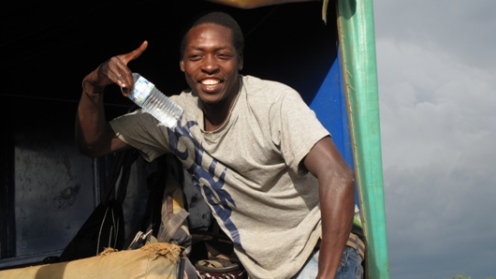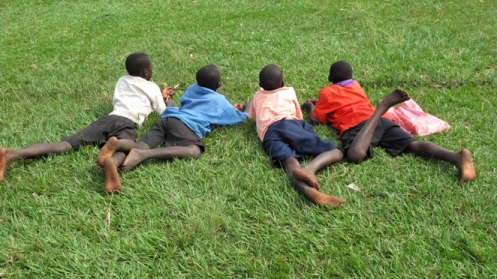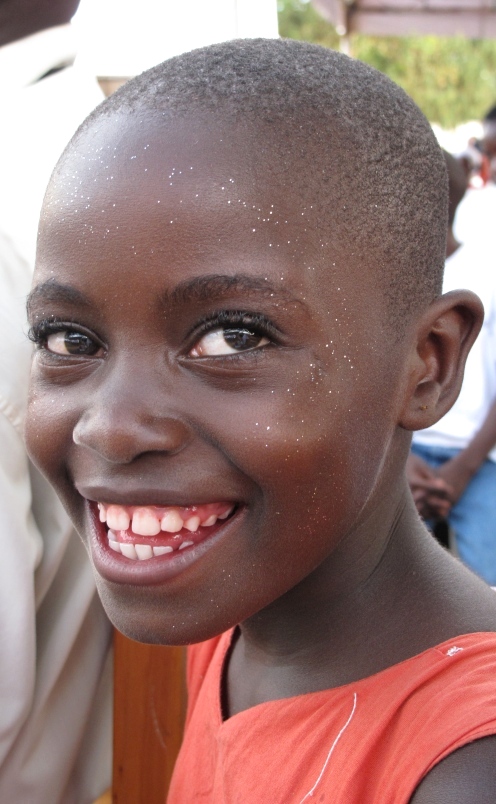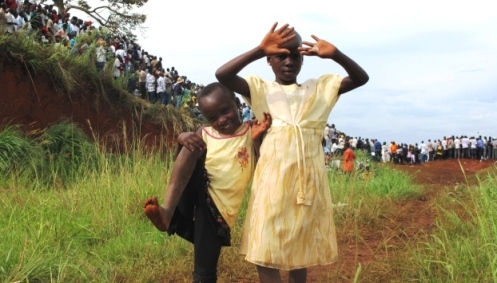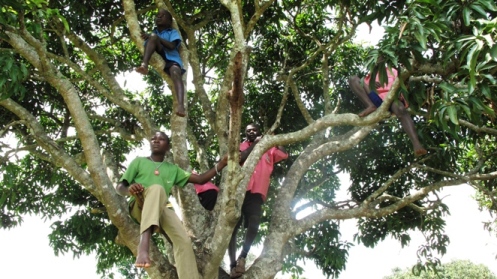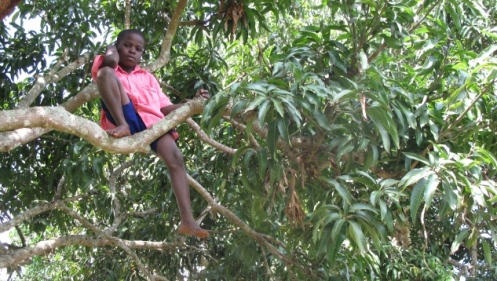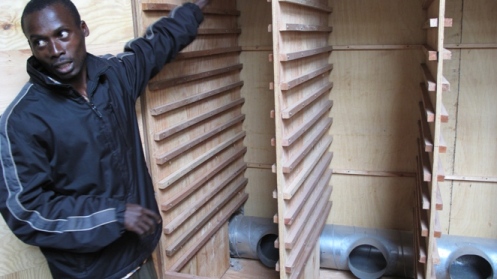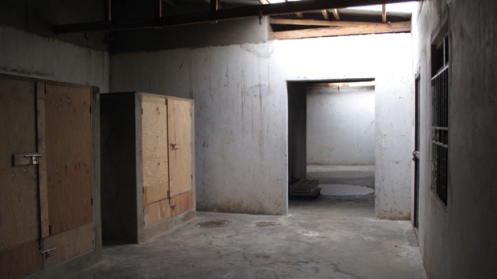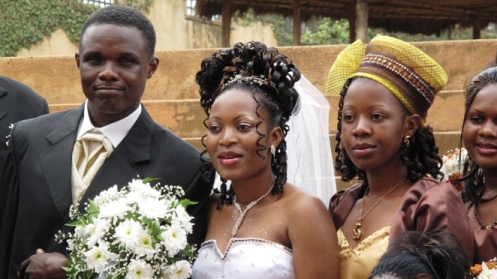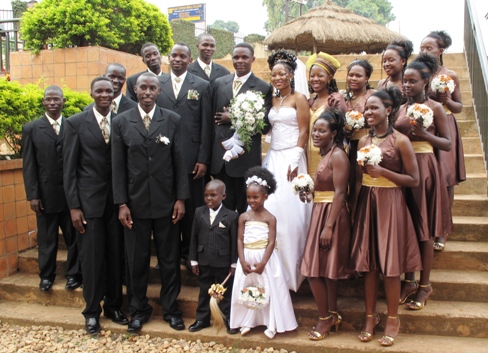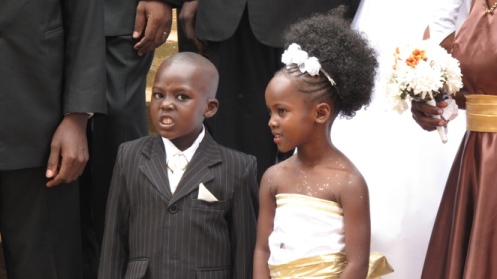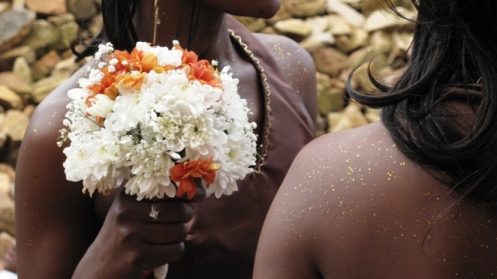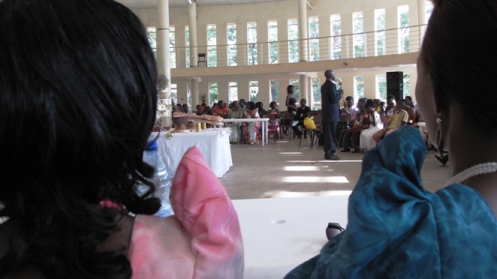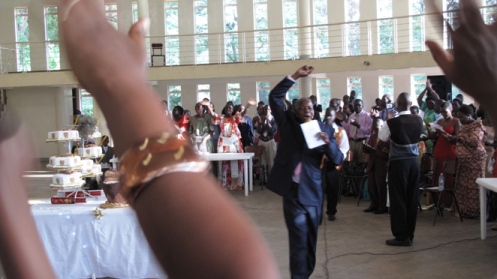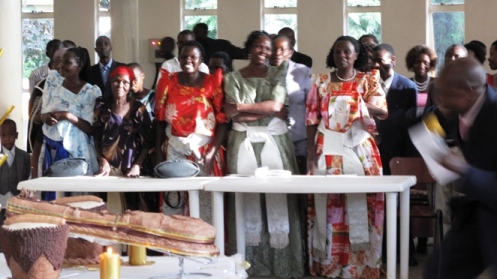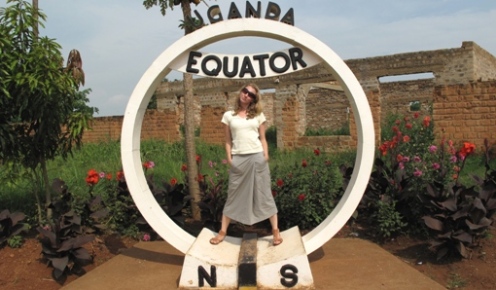zan·zi·bar
•September 20, 2010 • 3 CommentsEast Africa road trip
•April 16, 2010 • 3 Comments “…and finally, the most important discovery-the people. How they fit this landscape, this light, these smells. How they are as one with them. How man and environment are bound in an indissoluble, complementary, and harmonious whole. I am struck by how firmly each race is grounded in the terrain in which it lives, in its climate. We shape our landscape, and it, in turn, molds our physiognomy. Among these palm trees and vines, in this bush and jungle, the white man is a sort of outlandish and unseemly intruder… With their strength, grace, and endurance, the indigenous move about naturally, freely, at a tempo determined by climate and tradition, somewhat languid, unhurried, knowing one can never achieve everything in life anyway, and besides, if one did, what would be left over for others?” R.Kapuscinski, The Shadow of the Sun”
“…and finally, the most important discovery-the people. How they fit this landscape, this light, these smells. How they are as one with them. How man and environment are bound in an indissoluble, complementary, and harmonious whole. I am struck by how firmly each race is grounded in the terrain in which it lives, in its climate. We shape our landscape, and it, in turn, molds our physiognomy. Among these palm trees and vines, in this bush and jungle, the white man is a sort of outlandish and unseemly intruder… With their strength, grace, and endurance, the indigenous move about naturally, freely, at a tempo determined by climate and tradition, somewhat languid, unhurried, knowing one can never achieve everything in life anyway, and besides, if one did, what would be left over for others?” R.Kapuscinski, The Shadow of the Sun”
The old men can walk no farther
•February 3, 2010 • 2 Comments
The Karamojong occupy the arid territories of North Eastern Uganda. It is believed they originally migrated from Abyssinia in the 1600s. When they reached the present Kenya, they have fragmented into several groups: the Turkana, Maasai, Toposa, and the Dodoth, which continued splitting and moving south. The cluster that traveled the longest way are said to have used the phrase “Kar ngimojong”, meaning “the old men can walk no farther”. Today the Karamojong are the largest illegally armed group in Uganda.
The Karamojong are nomad warriors, who live and they die for their cattle. Owning cattle is a mark of adulthood for men. Being without cattle is almost as onerous as being seriously ill, it threatens life. Raiding livestock, which the Karamojong claim to solely own by divine right, from neighboring pastoralist groups in Uganda, Sudan and Kenya has been practiced for centuries. Cattle raiding is not considered stealing, it is a central part of the culture and a right of passage for the young men. However, the recent availability of AK47s has made the raids increasingly violent. The government have attempted to broker deals for weapons amnesties, but the number of cattle the Karamojong have wanted per gun has apparently proved too steep for any agreement to be made and President Mouseveni has permitted them to keep arms for protection, but the fighting between the nomads and the army, as well as occasional road ambushes, might make him change his mind.
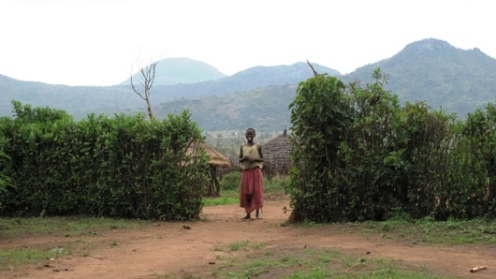


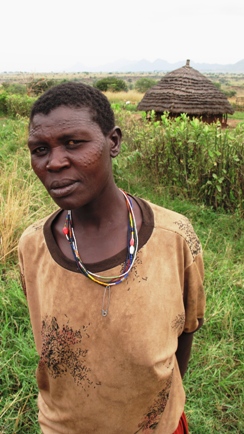
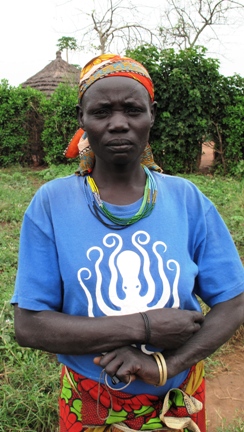
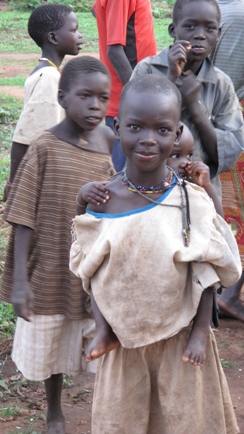

The citizens who live in the city are apprehensive of the Karamojong and consider them ungovernable, poverty-ridden savages. Literacy levels are indeed low but the value of their cattle is often much greater than the value of the salaries received by government civil servants, who come from the south to administer the region and pressure its people to abandon their pastoralist lifestyle, like they did in this village.
The old men shall fight no longer.

Making Waves at Naguru Remand Home
•January 29, 2010 • 4 CommentsSet in a landscape of derelict buildings and industrial warehouses the Naguru Remand Home for juvenile offenders is a complex of brick halls built in 1954 for 45 inmates. On this day, it holds 156 boys and 25 girls aged 12-18. It took us at radio Mama FM a while to convince the Ministry of Gender and Development, who runs the institution, to allow reporters come in and conduct an outside broadcast, which would allow the kids share their stories on air. Eventually we were granted a visit and voice was given to the inmates, but under one condition: they can only use this opportunity only to send greetings to their relatives, whom many of them have lost touch with. We were not allowed to ask questions about the challenges they currently face at Naguru.

Until a few months ago, Sebagala was growing up with his grandmother in Mpigi, a district west of Uganda’s capital. Orphaned at a very young age, he can hardly remember his parents. “Does your ‘jiajia’ know you’re here?” – I ask. He shakes his head. He’s got the most gripping eyes the size of ping pong balls but he hides them underneath a large blue hoodie. We chat in my broken Luganda, he shows me around the compound. Later I ask Uncle Martin, a former market boy turned social worker, who’s been a father, mother, teacher, lawyer and friend to thousands of boys who passed thru the remand home in the last 13 yrs, what are the charges Sebagala has been detained for. “You should ask him” he replies. “That’s what we teach them here, that they should be able and ready to speak for themselves.” Wondering whether I can handle the conversation with my limited vocabulary, I ask the boy: ‘Why are you here?’ ‘For defilement”. He is 12 years old.

Defilement (having underage sex), together with murder and robbery are the capital offences most of the boys at Naguru are charged with. In the remand home they await trial, sometimes for months, sometimes for years before being able to see the judge and tell them their version of the story. However, many of the kids are accused wrongly as a result of family dispute, land-based conflicts, blackmail, etc. The global child rights standards adopted by African parliaments trickle down sluggishly to villages, where the concept of children’s rights can be a curiosity and harsh discipline is the norm. Sometimes they’re even brought to Naguru by their parents or step parents, who consider them trouble and pay a bribe to the probation officer to sign appropriate paperwork for the child to be admitted. Before a visit of a high-profile foreign official (lately Clinton and the Queen of England) Naguru gets filled with youth from the streets, as a part of the city’s routine clean-up operation.
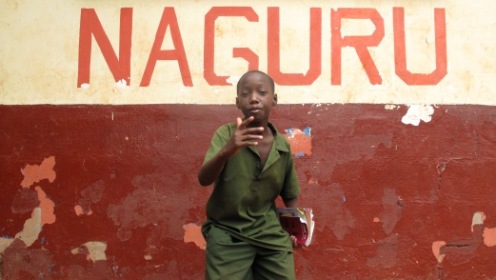
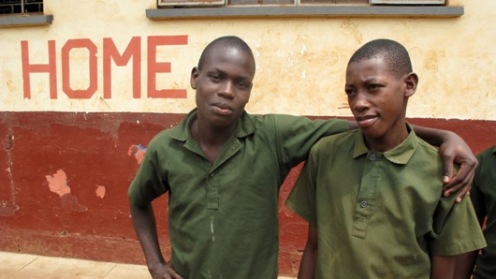
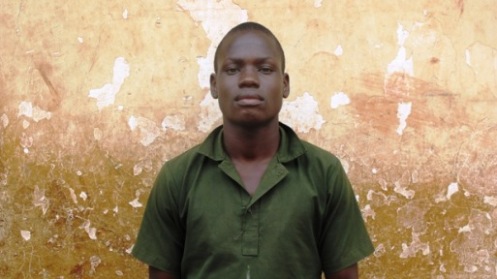

The Ministry provides the kids with not much more than a roof over their heads, bunk beds, uniforms and posho (cornmeal porridge) with beans for lunch and dinner, every single day of the week. It is a non-for-profit organization, COWA, who assures that the kids are kept busy and receive some education during their ”remand” time, although funds are scarse and all it can afford at the moment is wood-work workshops and basic English and math classes.

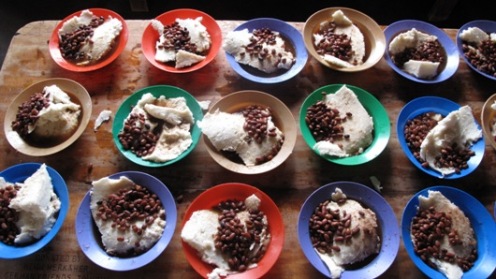
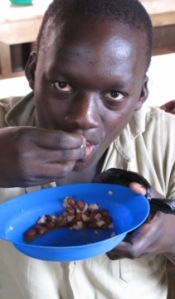 The kids occupy themselves with various activities, often with no encouragement or supervision from the adults. During my last visit at Naguru, I observed a mock court session, where the roles of the judge, defendant, prosecutor, attorneys and witnesses were all played by the kids and taken with utmost seriousness. “They will all have to appear in front of a “real” judge one day – said Martin – and doing this on and on will just make them more confident and aware of how the system works”.
The kids occupy themselves with various activities, often with no encouragement or supervision from the adults. During my last visit at Naguru, I observed a mock court session, where the roles of the judge, defendant, prosecutor, attorneys and witnesses were all played by the kids and taken with utmost seriousness. “They will all have to appear in front of a “real” judge one day – said Martin – and doing this on and on will just make them more confident and aware of how the system works”.
The fact that the child-defendant has to be accompanied by a guardian, who’s a family member, to be taken to court is a Catch 22: when the kids are taken to the police, their parents are seldom notified, let alone the fact that many of the kids have lost their parents long ago. Tracing the families can be a long and costly process, and Naguru doesn’t have necessary resources to conduct it each time. Consequently, kids’ legal process can be extended far beyond the existing hurdles of already clogged Uganda’s judiciary system.
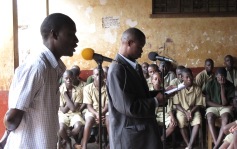

Before Christmas, we aired a program from Naguru on our radio, Mama FM, hoping that someone somewhere will hear the kids’ voices and let their parents or guardians know of their whereabouts. The response was overwhelming. The listeners were calling in and offering their support. They were truly touched by the stories from Naguru, an institution they had known little about besides that it was a “prison for those stubborn kids”. Then a call came in: “I’ve been looking for my son for months… I’m separated from my wife and Michael was staying with her but he ran away, so we thought… I just turned on the radio and the first thing I heard was my son’s voice…”. The father came to Naguru the next day and took Michael home, right in time for Christmas. “God is Gracious”, said Martin when telling me about their reunion.
And airwaves powerful, I thought silently.
Safari means journey. Part 1: South to Southwest
•January 14, 2010 • 3 CommentsAble and sustainable
•December 7, 2009 • 2 CommentsAlthough Uganda’s economy relies heavily on agriculture, there is little knowledge of modern/sustainable farming among many rural populations in Uganda. The staple foods are often managed poorly resulting in very low yields and there is a tendency to think that change is only possible with donors or loans.
St. Jude Family Project is a women-run community based organization that began in 1980 and has since empowered thousands of rural Ugandans by training them on environmentally sustainable farming and improved diet. The project works mainly with the most disadvantaged in the society, like HIV/AIDS positive farmers or families supporting orphans and youth groups. At St. Jude they learn about soil and water conservation, water-harvesting and storing techniques, animal breeding, fuel conserving stoves made out of bricks and clay, methods of solar fruit drying and food processing and new cash crops, like vanilla or improved coffee varieties. The training seeks to reduce the burden on women, who do most of the work in the home and farms.
Proudly Ugandan
•November 25, 2009 • Leave a CommentProudly Ugandan 2009 was an expo designed to promote locally made products, as the country is gearing up for January 1st, 2010, when the East African Community will become common market. Exhibitors included some big shot manufacturers, like Nile Breweries, Fresh Dairy or Finance Trust, but what caught my eye were three home-made inventions showing wonderful resourcefulness and imagination.
1. The Charcoal Fridge (mixed media)
In a country where electricity is scarce, expensive and fickle, a collective of women came up with an idea to use charcoal for something more than just cooking supper.
 The cordless fridge weighs about 70lb but can be built for less than $20. The bottom consists of a metal sheet, while the walls and the lid are filled with charcoal, kept in place by a wire-mesh. A plastic bucket is placed on top and needs to be regularily refilled with water, which then drains via cotton strings through the whole construction and keeps the coals moist, thus maintaining the temperature inside at 5-10° Celsius.
The cordless fridge weighs about 70lb but can be built for less than $20. The bottom consists of a metal sheet, while the walls and the lid are filled with charcoal, kept in place by a wire-mesh. A plastic bucket is placed on top and needs to be regularily refilled with water, which then drains via cotton strings through the whole construction and keeps the coals moist, thus maintaining the temperature inside at 5-10° Celsius.
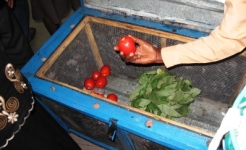
2.The Charcoal Stove (metal)
A happy, let alone economical, marriage between the traditional way of cooking on coals and stones, and the modern range. Using the charcoal stove – designed by women as well – it looks like you can cook a meal for a family of 15 at a single go.
Apparently some foods, like the ubiquitous matoke (mashed plantains) can only be properly prepared by slowly steaming it over charcoal, which explains why I have failed to achieve the desired results by boiling them sacrilegiously on my gas stove…

 3. Rural Works Vehicle (scrap metal)
3. Rural Works Vehicle (scrap metal)
All cars currently driving Uganda are used, third-hand vehicles imported mostly from Japan. But one.
The first car manufactured in Uganda is a brainchild of Katwe Metal Fabrication Kluster and came to life with the support of Makarere University and the Ministry of Trade,Tourism & Industry. I’d say the design is Land Rover inspired, with a hint of Hummer to it. No need for keys, as you just wind it up with a wrench-like tool from the outside. Seats are comfy.
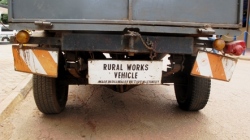
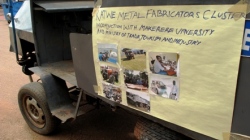
I on the Equator
•November 25, 2009 • 1 CommentSudden encounters of conceptual kind
•November 23, 2009 • 1 CommentI was heading to a remote village in Mukono District on a jam packed minibus taxi, when on the side of the road I saw a sign indicating the site of a controversial art project I remembered reading about a couple years back.
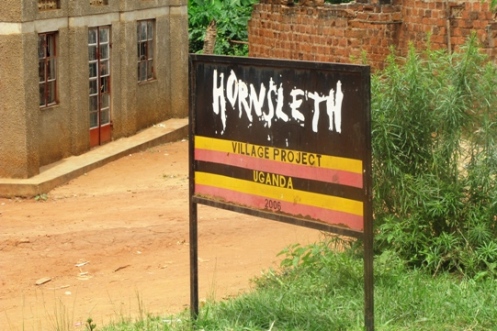
In 2006 Kristian von Hornsleth, a Danish artist, came to a small village of Buteyongera and, in what he called “a business deal”, gave a live pig or goat to each person who legaly changed their name to ‘Hornsleth’. The villagers were then photographed with their newly issued ID cards and pictures were sold as original artwork at Hornsleth’s photo exhibition in Copenhagen, titled “We Can Help You, But We Want To Own You”.
Insensitive to the disclaimer on Hornsleth’s website: “Don’t worry, this is art!”, Kampala officials eventually put a stop to the project and the Ugandan Minister of Ethics criticized the artist as being mentally deranged, demeaning and racist. In his defense, Hornsleth stated that donors had been doing barter trade of sorts in aid given to the poor, and argued that aid should better be granted for something, like adopting his name for a live animal.
I have to say, ten weeks into my stay in Uganda, I have little tolerance for conceptual art of sorts.
Kwanjula
•November 13, 2009 • 3 CommentsIn Luganda, Kwanjula means to introduce. It is a day when a bride-to-be introduces her future husband (and his family who escorts him) to her parents and relatives. Before Christianity came to Uganda, the ritual was synonymous with a wedding, but now it is treated as an engagement ceremony, followed by a western style wedding which takes place a few weeks/months later.
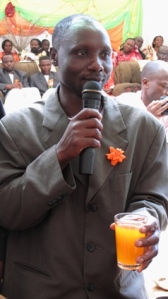
 What the Kwanjula comes down to is a battle of wits and cultural tongue-twisting between representatives of the two sides, the Mwogezi, who take the role of the final emissaries on the day of introduction and engage each other in a question and answer challenge or in knowing, mentioning and following century old norms and traditions. The more theatrical their dispute, the more entertaining the show and nowadays the Mwogezi are no longer chosen among members of the family but hired as professional emcees for a juicy fee of Ushs 100-300,000 ($50-150). But here’s the catch: each question, riddle or temptation they handle wrongly leads to a fine to atone a supposed disrespect for the in-laws and elders gathered at the ceremony.
What the Kwanjula comes down to is a battle of wits and cultural tongue-twisting between representatives of the two sides, the Mwogezi, who take the role of the final emissaries on the day of introduction and engage each other in a question and answer challenge or in knowing, mentioning and following century old norms and traditions. The more theatrical their dispute, the more entertaining the show and nowadays the Mwogezi are no longer chosen among members of the family but hired as professional emcees for a juicy fee of Ushs 100-300,000 ($50-150). But here’s the catch: each question, riddle or temptation they handle wrongly leads to a fine to atone a supposed disrespect for the in-laws and elders gathered at the ceremony.
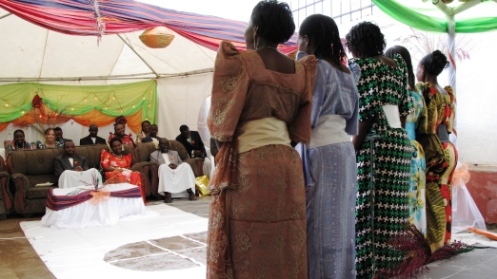
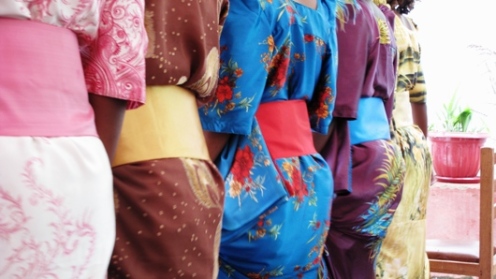
The soon to be married are nowhere to be seen for the first couple hours of the ceremony. Sisters of the bride take their time greeting the guests, dancing and later bring her in to join them. Their Mwogezi asks which exact lady it is that the man’s family came for. In response, the groom’s sister hands the bride a basket of flowers and they dance for her fortune and repute.

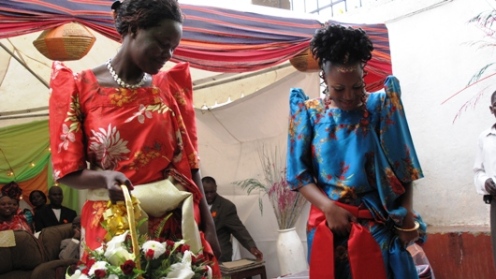
Throughout the ceremony, the groom’s spokesperson refers to the men on the side of the bride as Musajja Wa Kabaka (the King’s man) as a sign of respect.

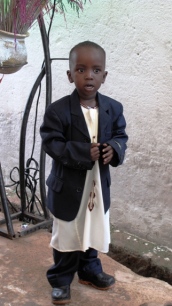
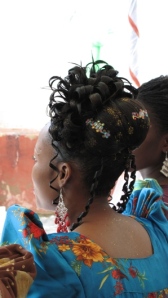
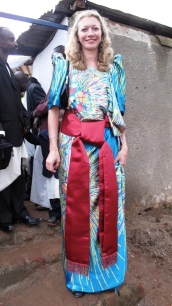
Dress code for the occasion is the Buganda national costume: Men wear a Kanzu (hand-made, embroidered white tunic put on over long trousers) with a suit jacket on top.
The women don a floor length, brightly colored Gomesi with puffed sleeves. The dress is tied with a sash and a kikooy (large piece of cotton fabric similar to a sarong) is wrapped underneath to ensure that the fabric does not stick to the body, as well as gives the ladies a proper Kiganda figure… (btw, I was told I needed some improvement in that area!)
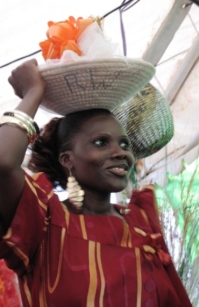
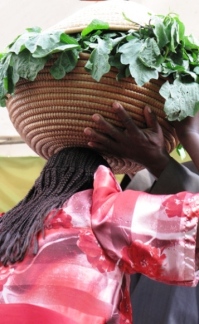
The aspiring groom is required to offer the girl’s family a generous Mutwalo (traditional bride price). Bread, rice, sugar, salt, fruits and vegetables (except egg plants which are considered cultural taboo that may lead to the man being denied the bride altogether), laudry soap, paraffin, cooking oil and curry powder are carried in by member’s of the man’s family in Bibos (baskets). The men bring in crates of sodas and some fresh cuts from the best butchery in town…
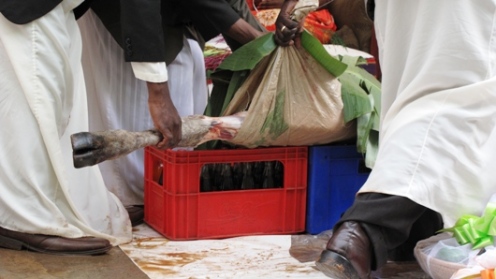
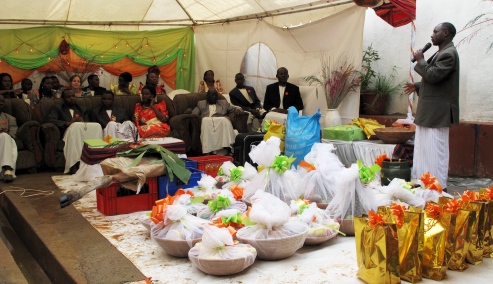
The bride-to-be (changed into her second Gomesi for the day) inspects the offering and when asked for approval – “Ebintu Tubirye?” – accepts the gifts, at the same time agreeing to leave the house of her father’s.
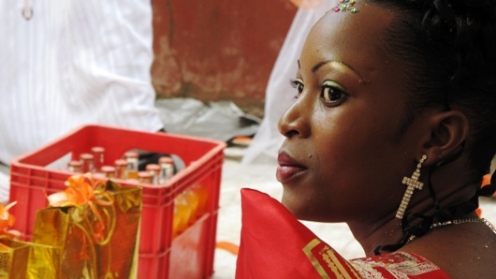
In the final gift-giving act, the groom-to-be transfers a live cock into the hands of the girl’s brother.
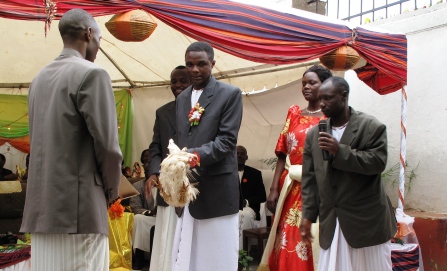
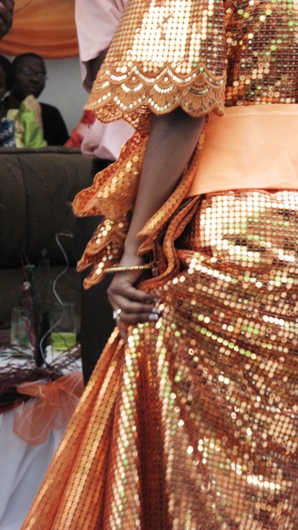 The ceremony culminates when the couple (the bride-to-be in her third, most splendind dress for the occasion) exchange engagement rings and later cut the engagement cake. At this moment, final arrangements for a Christian wedding are made, while the starved guests start lining up for a generous buffet.
The ceremony culminates when the couple (the bride-to-be in her third, most splendind dress for the occasion) exchange engagement rings and later cut the engagement cake. At this moment, final arrangements for a Christian wedding are made, while the starved guests start lining up for a generous buffet.
The key delicacy is luwombo, chicken or beef wrapped in banana leaves and cooked throughout the night over charcoal. Other items on the menu include rice, potatoes, matoke (mashed plantains), pasta, goat meat, chiapati, samosas, cooked vegetables, and thick sauce of ground nuts.
Stay tuned for updates from the wedding!
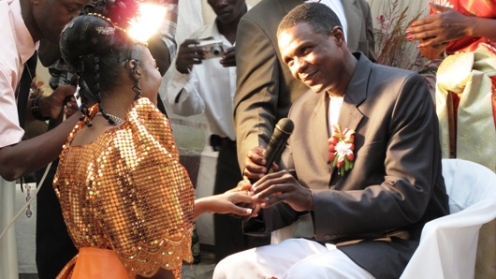
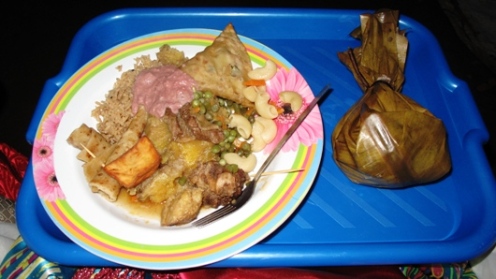 .
.
A day at the races
•November 2, 2009 • 1 Comment‘Race to Race Masters Spirit’ rally at Kabaka’s Royal Palace grounds in Mengo, Kampala.
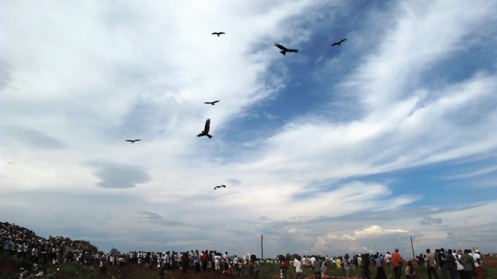
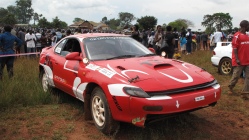

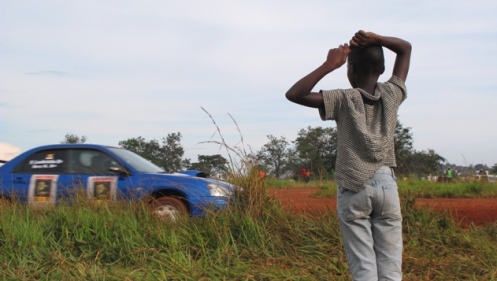


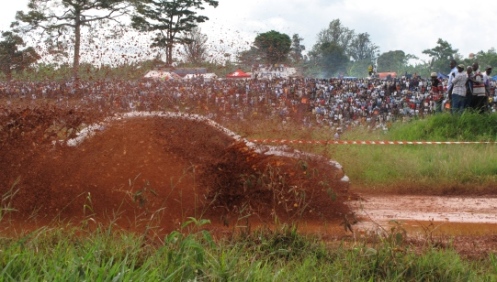
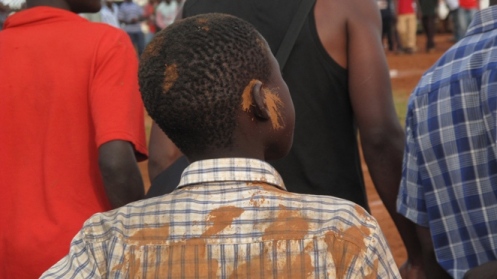
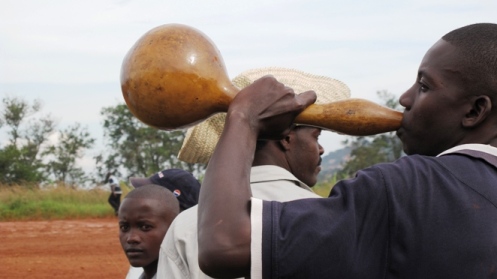
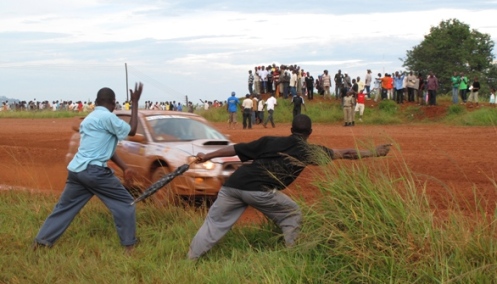

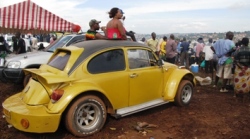
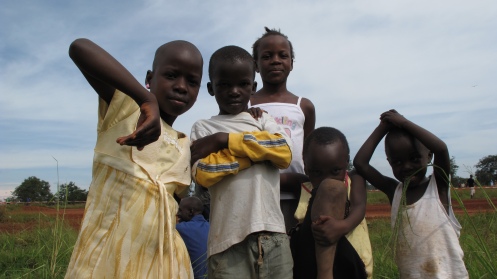
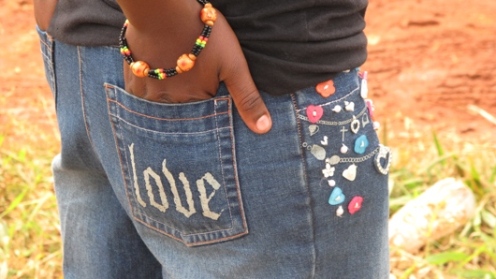
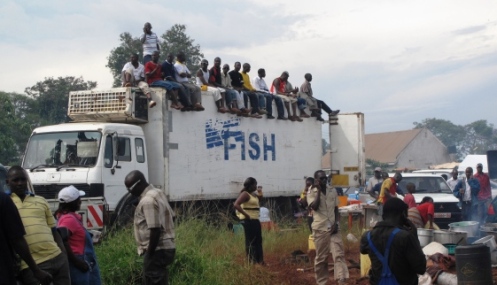


Mbeera Kisaasi
•October 27, 2009 • 1 Comment…means: I live in Kisaasi, a Northern Kampala neighborhood with a rural feel and best sunsets on earth.
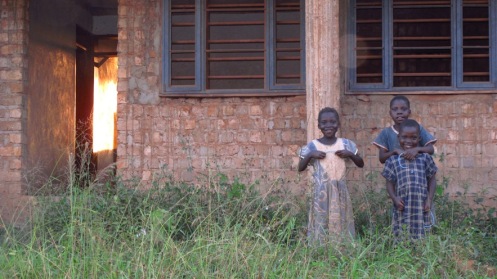
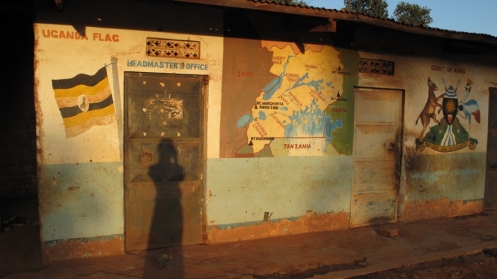
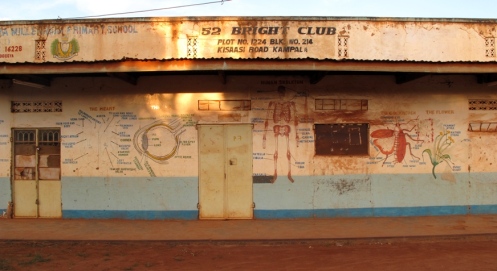

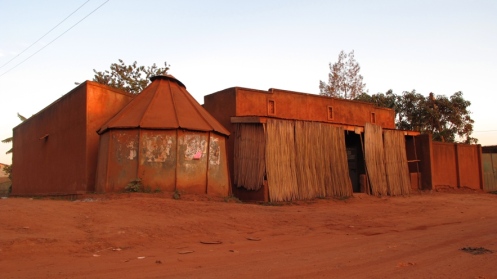
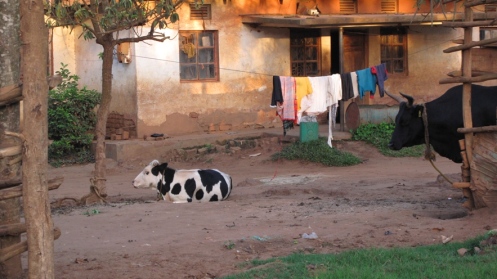
Oasis
•October 26, 2009 • Leave a Comment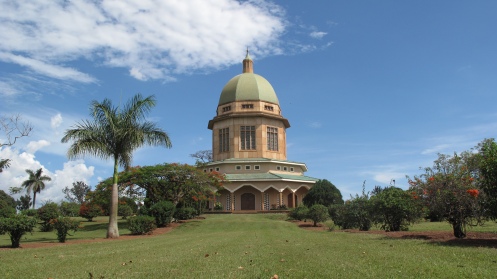
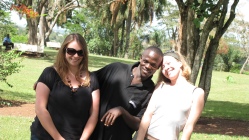 The Bahá’í temple, perched gracefully on top of one of the hills surrounding Kampala, is only a 15 minute walk from my house. At the foundation of this youngest independent religion lays a message that humanity is one single race and that the day has come for its unification in one global society.
The Bahá’í temple, perched gracefully on top of one of the hills surrounding Kampala, is only a 15 minute walk from my house. At the foundation of this youngest independent religion lays a message that humanity is one single race and that the day has come for its unification in one global society.
When I come here on a Sunday afternoon to do yoga in the gardens, chill with friends in the shade of a mango tree or just sit and look at the rolling hills, I realize the teachings listed at the gate are perfectly in line with why I came to work in Africa in the first place:
 Basic teachings of Bahá’u’lláh:
Basic teachings of Bahá’u’lláh:
– The abandonment of all forms of prejudice;
– Assurance to women of full equality of opportunity with men;
– Recognition of the unity and relativity of religious truth;
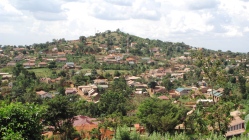 – The elimination of extremes of poverty and wealth;
– The elimination of extremes of poverty and wealth;
– The realization of universal education;
– The responsibility of each person to independently search for truth.
Taxi-park tales
•October 16, 2009 • 1 CommentOnce upon a time there was a taxi park in Kampala. Chock full of minibuses coming in and out to pick up and drop off passengers 24/7, street vendors of anything you can imagine, hustlers, shoppers, potholes and pickpockets, it gained its notoriety as the craziest place in East Africa. The city officials decided to make amends to the situation and create a second taxi park. Thus, the Old Taxi Park and the New Taxi Park in Kampala are now officially the two craziest places in East Africa. Needless to say, they’re my favorite places in town. They’re also a staple place to visit if you want to get anywhere by public transport.
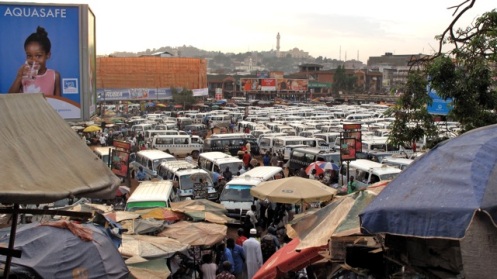
Taxis are public transport indeed, as confusing terminology applies here: what we call a “taxi”, goes by “special hire”, while taxis here are the 14-passenger minibuses that run on set routs from a central hub to all neighborhoods in the Kampala district. Also called by their Swahili name, matatus are surprisingly efficient and reliable, although with 8,000 of them in the city, they are to blame for the congestion and the pollution.
There are no schedules and no bus-stops as we know them. If you want to get off, holler out “Stage, ssebo!” and hope the driver doesn’t pretend not to hear you. In case of emergency you can always try to tap the conductor who sits by the sliding door (and sometimes on your lap, if he happens to be greedy and horde too many passengers in). His job entails: a) sticking his head out while the matatu is en route and yelling “Ogenda, ogenda? Mini price, mini price!” to people walking by the side of the road, trying to cajole them into a ride, b) flirting with the girls and asking their phone numbers, c) collecting the fares, d) forgetting to give you your change, e) dropping you off in a wrong place when asked for directions.
As you can imagine, with all the traffic, the constant getting on and off of the passengers and the sweet time the taxis take when waiting to fill up, it does take a while to get from place to place. But then, who am I to be in a hurry in Africa?

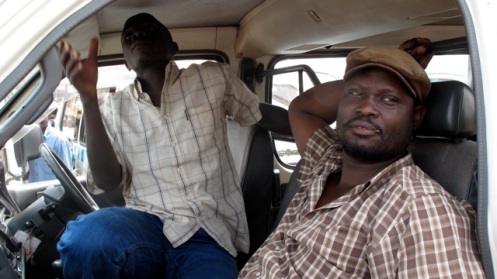
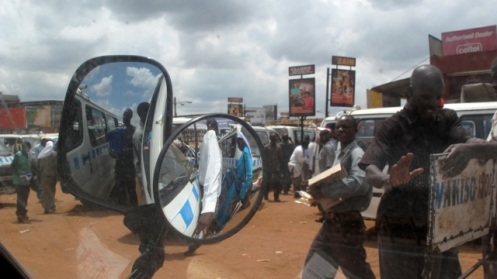

When it rains…
•October 15, 2009 • Leave a Comment…it pours.
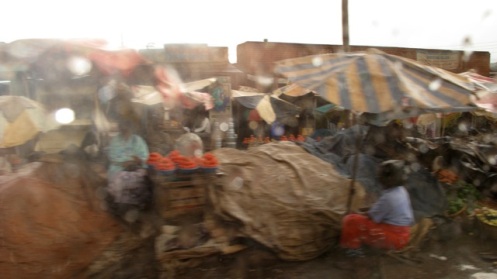
It’s supposed to be the season of “short rains” here in Uganda, however, failed and unpredictable rains are ever more regular across East Africa as wet seasons shorten due to climate change. While the region is still trying to recover from the worst draught in a decade and close to one million people are facing severe water and food shortages, the government of Uganda is already preparing for the destructive El-Nino rains expected to start next month and cause major floods. After the El-Nino, there will be the reverse conditions referred to as La-Nina, which will bring another severe drought. It’s a grim forecast for a country like Uganda, where agriculture generates 90% of export earnings.

